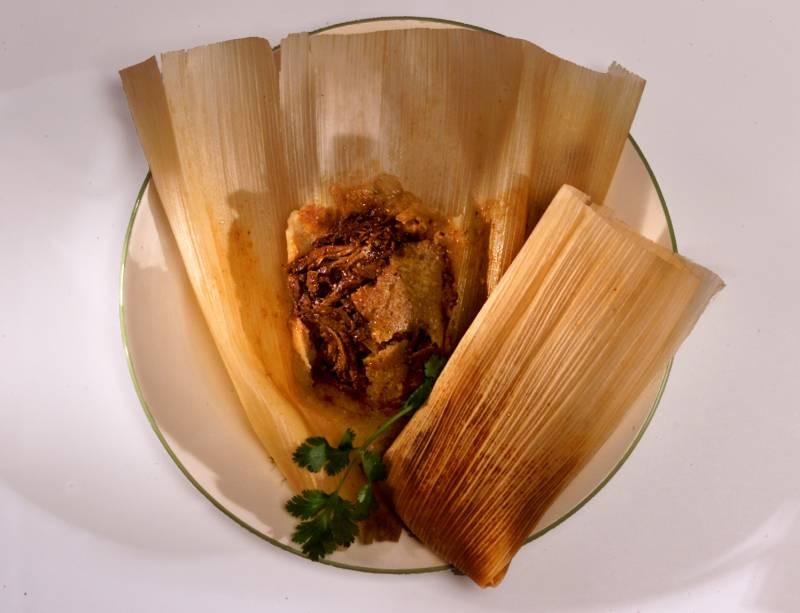
The aroma of steaming corn masa and savory fillings wafting through California homes has become synonymous with winter holiday celebrations, as tamales take center stage in many families' Christmas traditions.
This beloved Meso-American dish, dating back to 8000-5000 B.C., continues to bring people together during the festive season. Originally created as portable sustenance for ancient warriors, tamales have evolved into a cherished holiday staple across California and beyond.
"Making tamales gives families precious time together during Christmas," says XLNT Foods, a California tamale company with over 125 years of history. The communal preparation process, known as a tamalada, allows relatives to bond while crafting these corn-based delicacies.
The classic tamale consists of masa (corn dough) filled with meats, cheese, vegetables or sweet ingredients, all wrapped in corn husks or banana leaves before steaming. Popular fillings include pork, chicken, turkey, beans and cheese, though creative variations abound.
For those attempting homemade tamales, experienced chefs recommend:
- Thoroughly cleaning and drying the corn husks
- Whipping the shortening until light and airy
- Testing the masa's readiness in water
- Allowing 45-60 minutes of steam time
Tamales' connection to California runs deep. During the 1850s Gold Rush, street vendors began selling them in San Francisco. By the 1890s, tamale carts dominated downtown Los Angeles, with over 100 vendors operating by 1901 near the historic plaza.
Today, families across California embrace tamales not just for their delicious taste, but for their convenience during busy holiday seasons. The wrapped parcels can be refrigerated for up to three days after cooking, providing ready-to-eat meals throughout Christmas celebrations.
From ancient battlefields to modern holiday tables, tamales continue weaving their way through California's cultural fabric, uniting families and communities in delicious tradition.